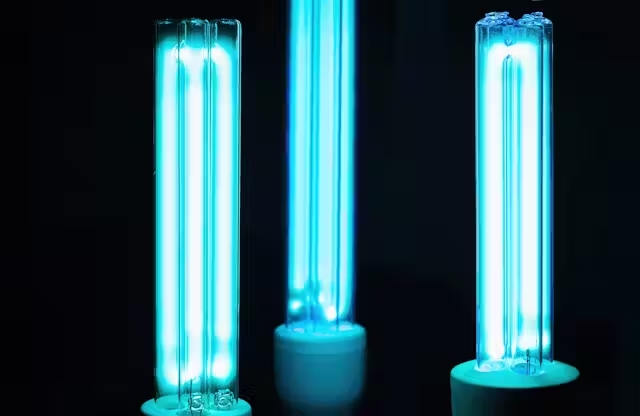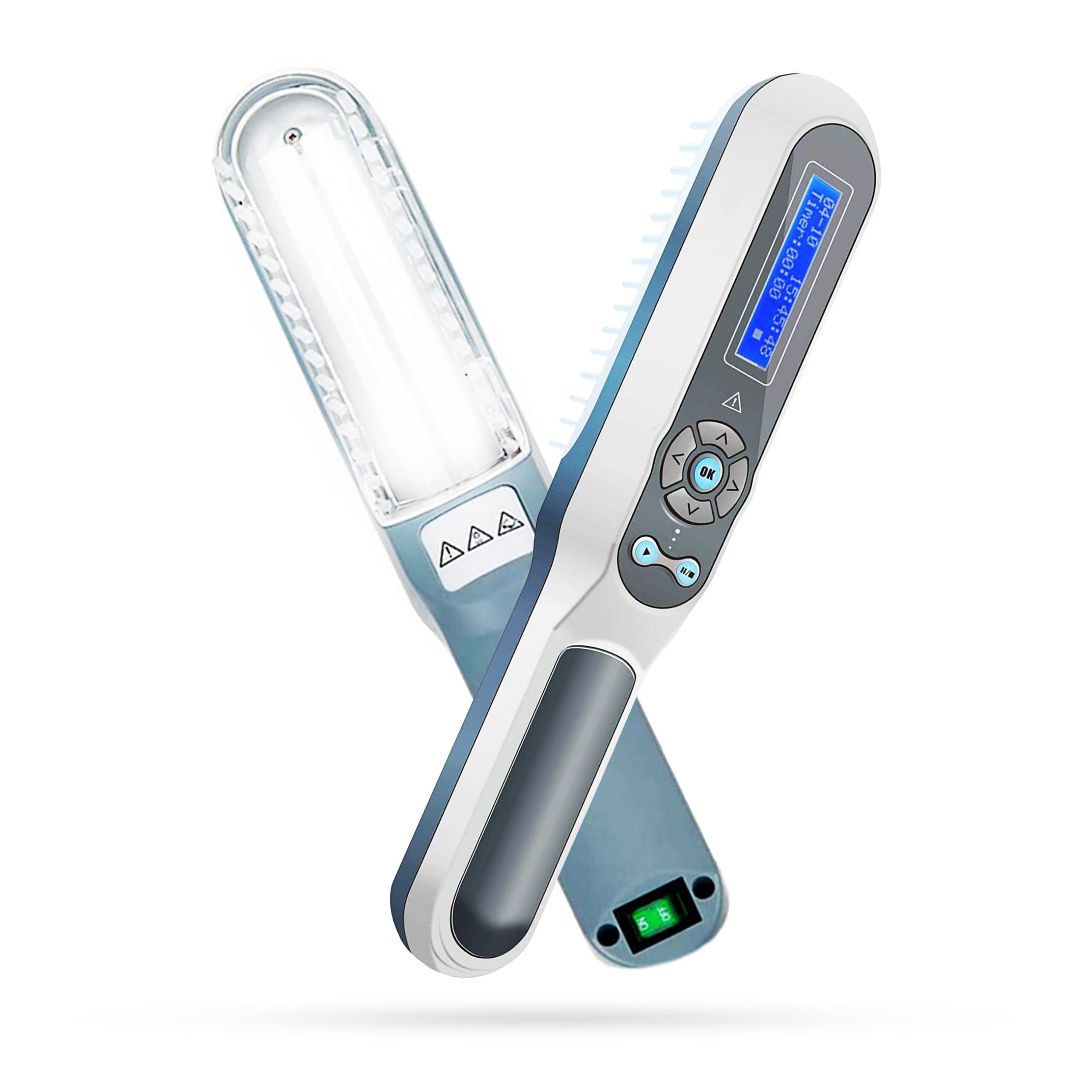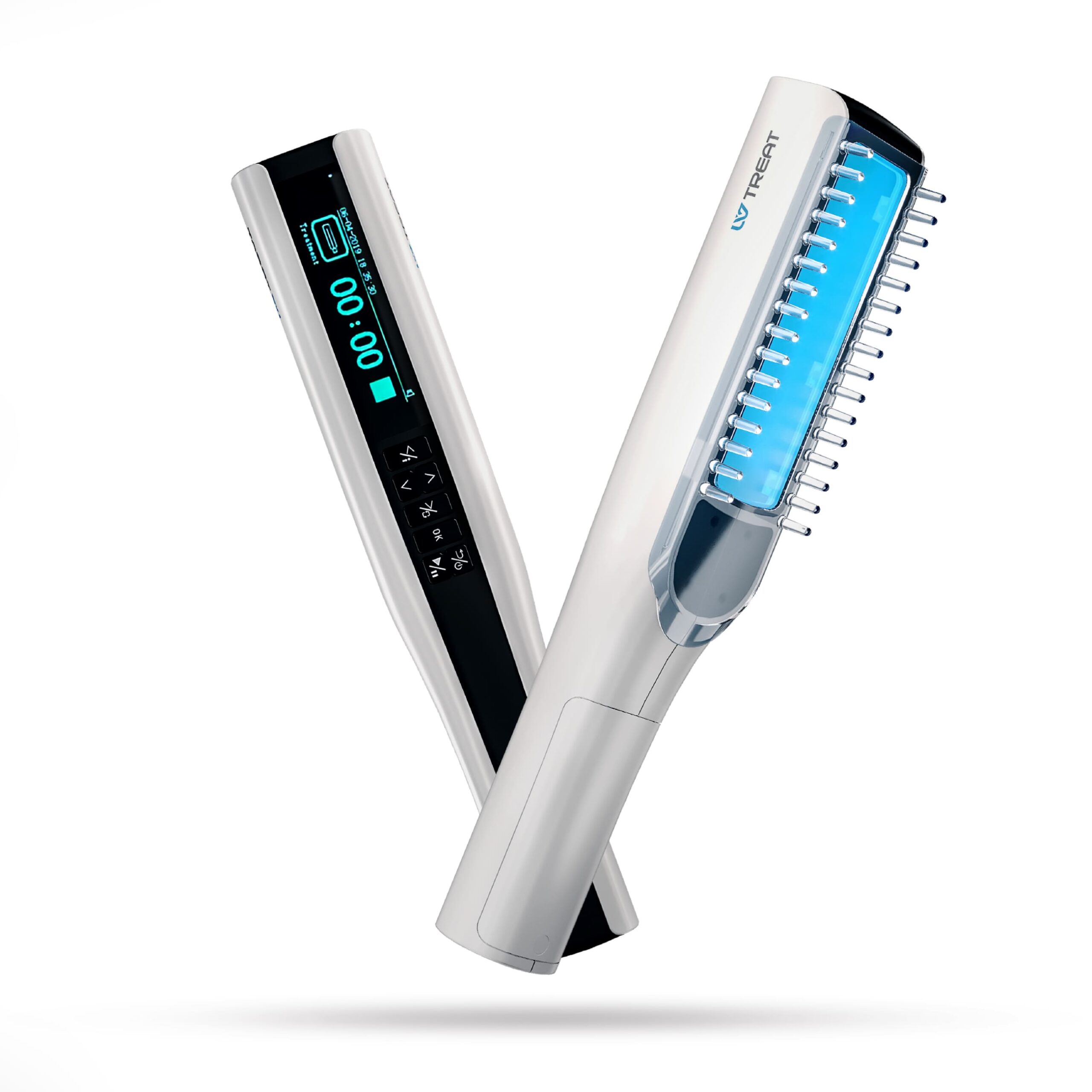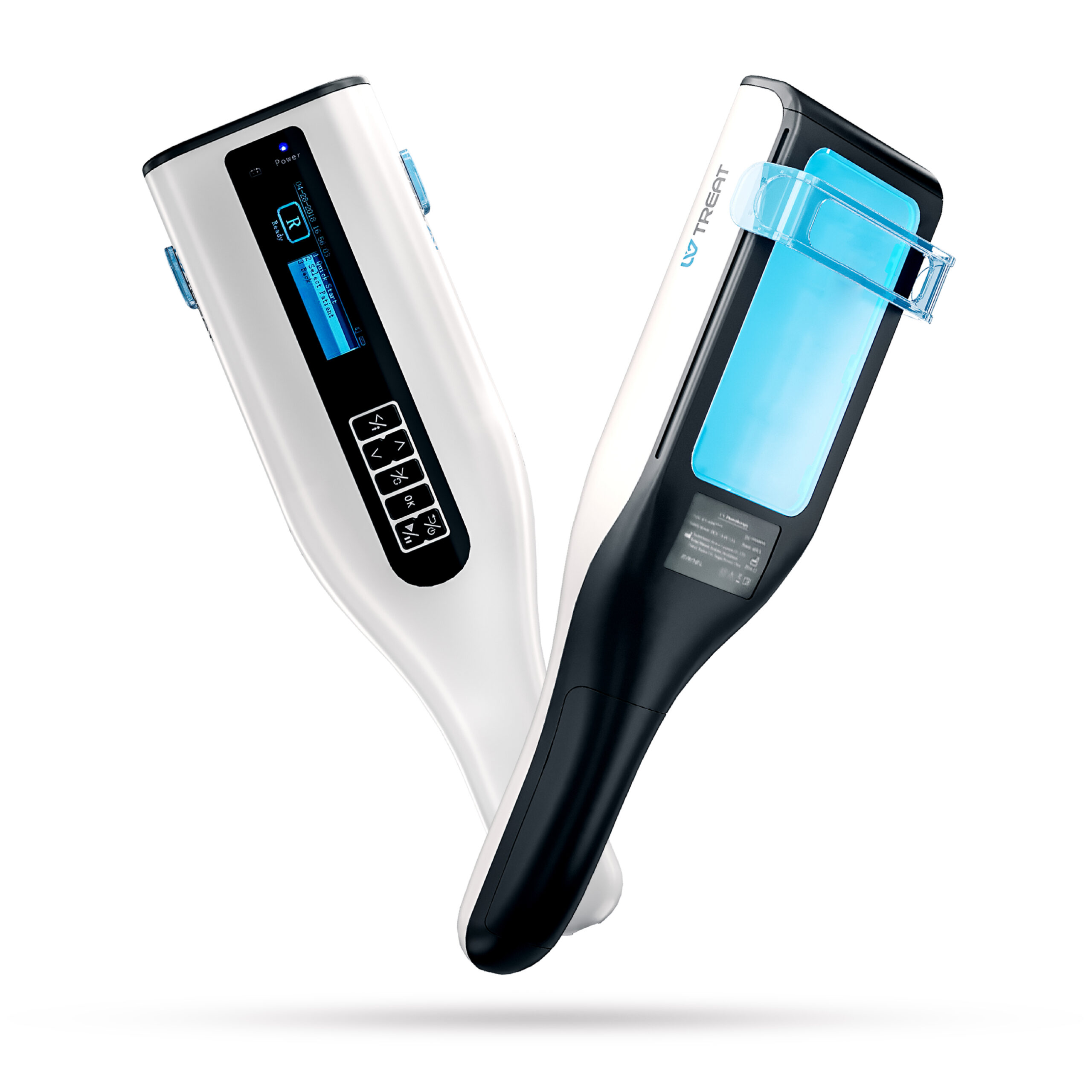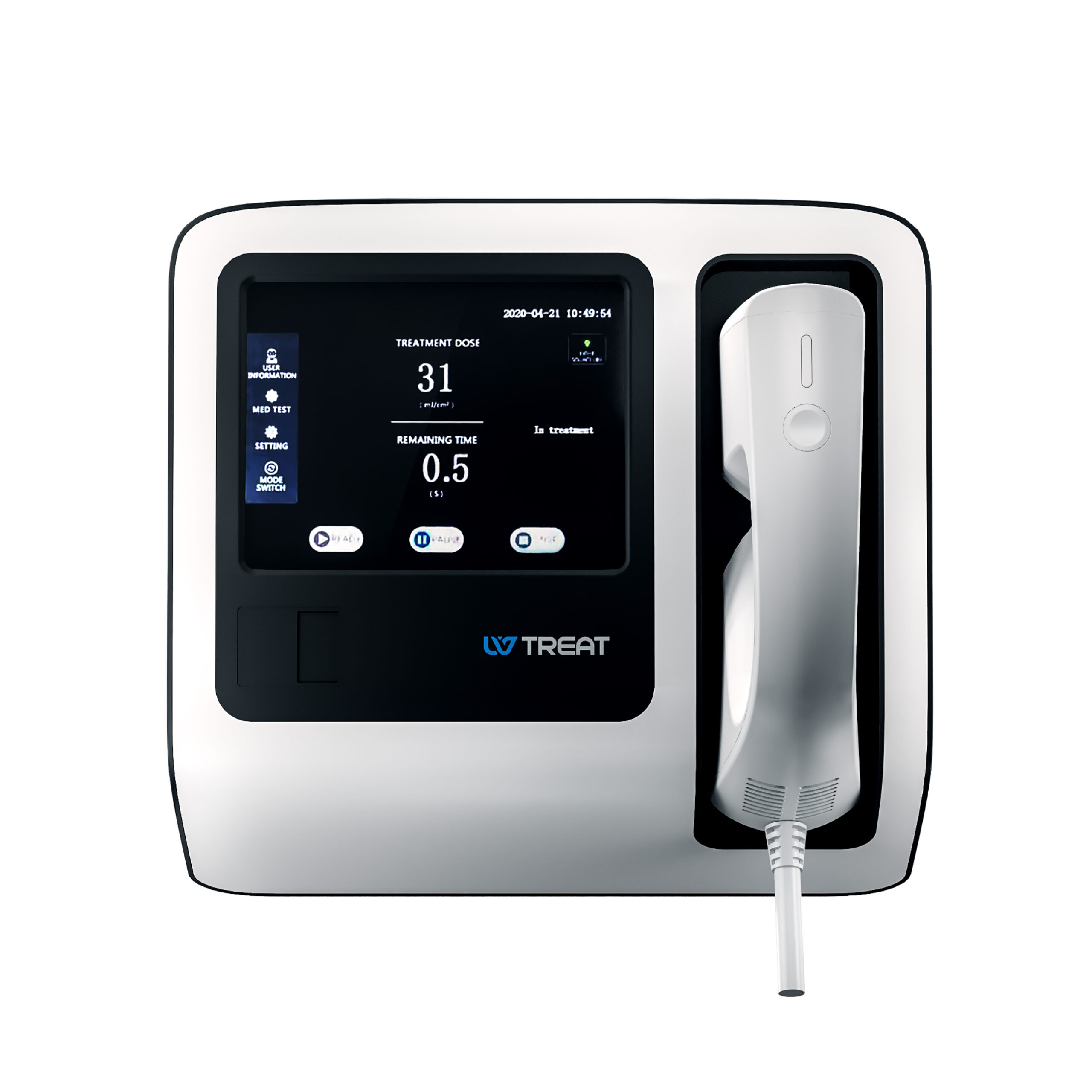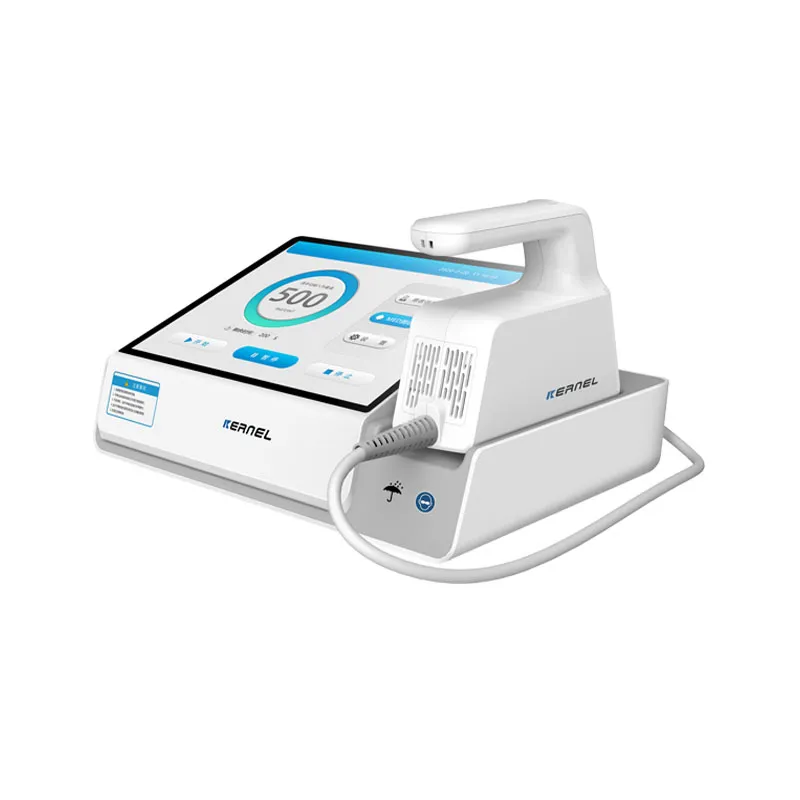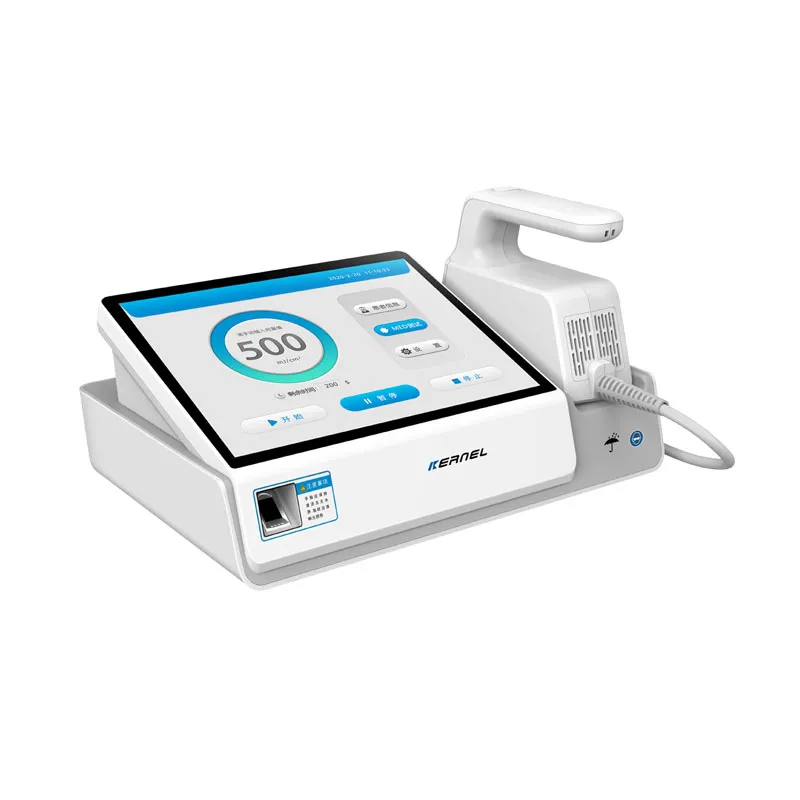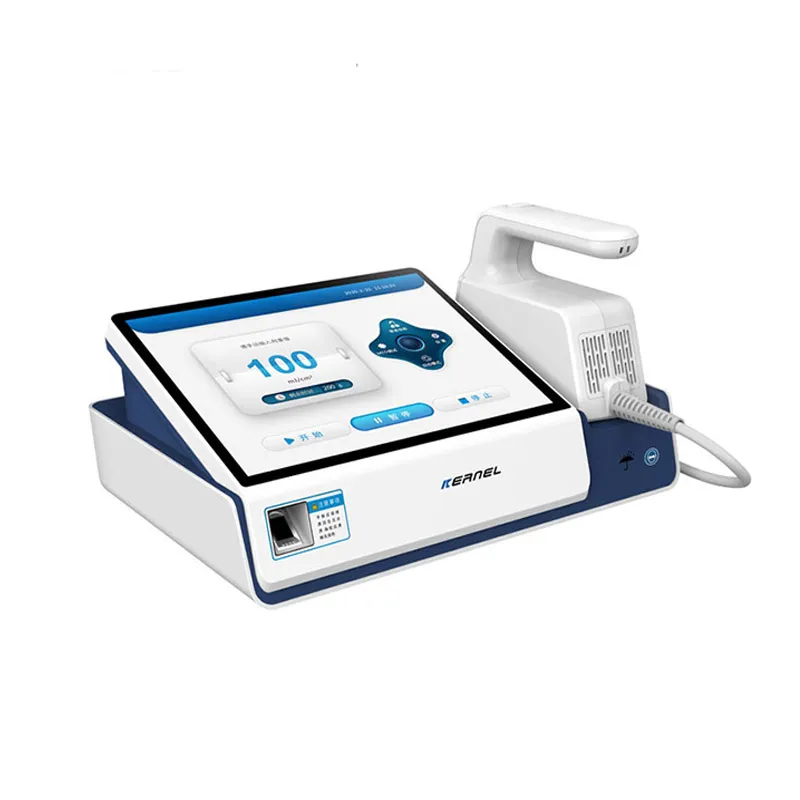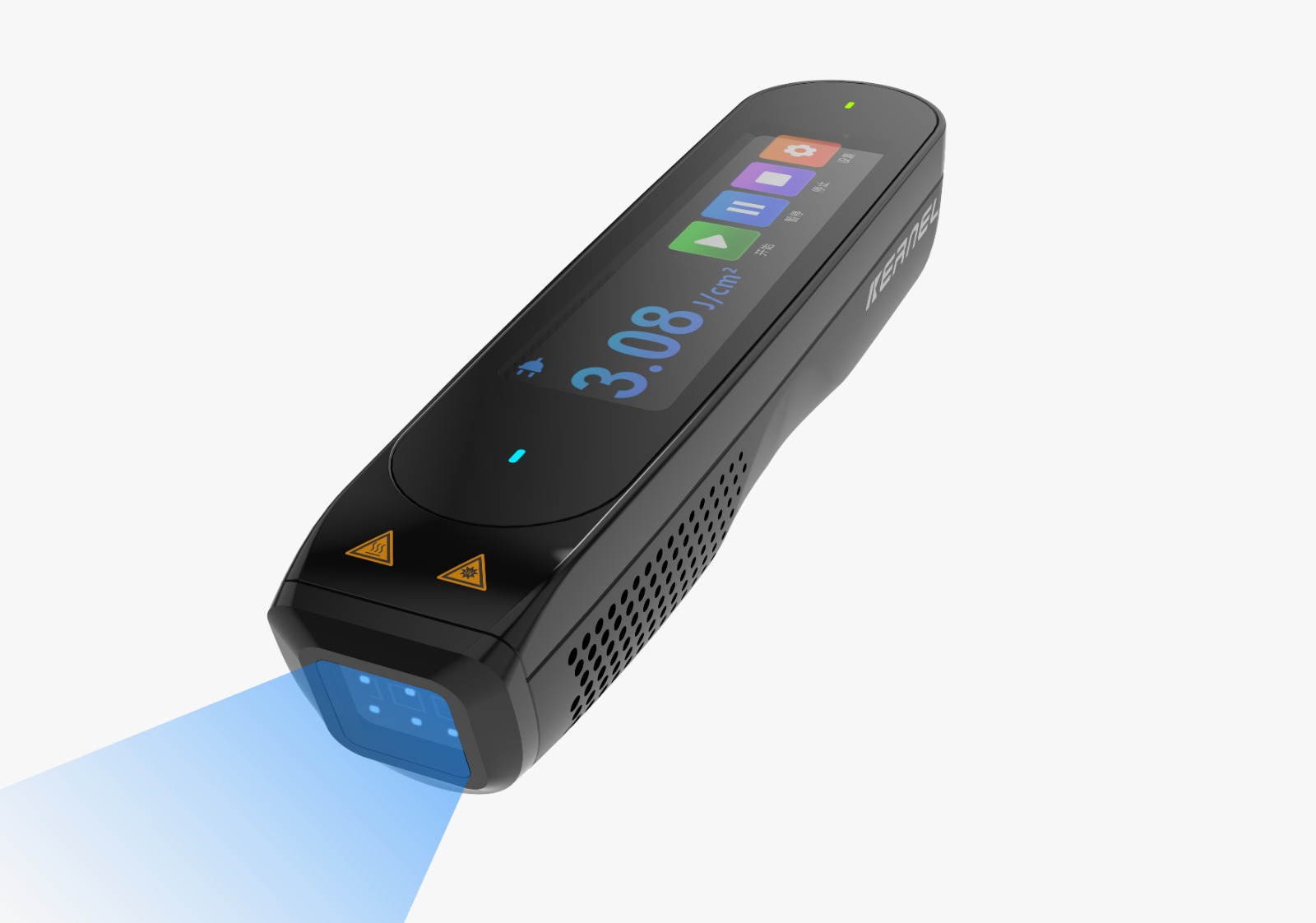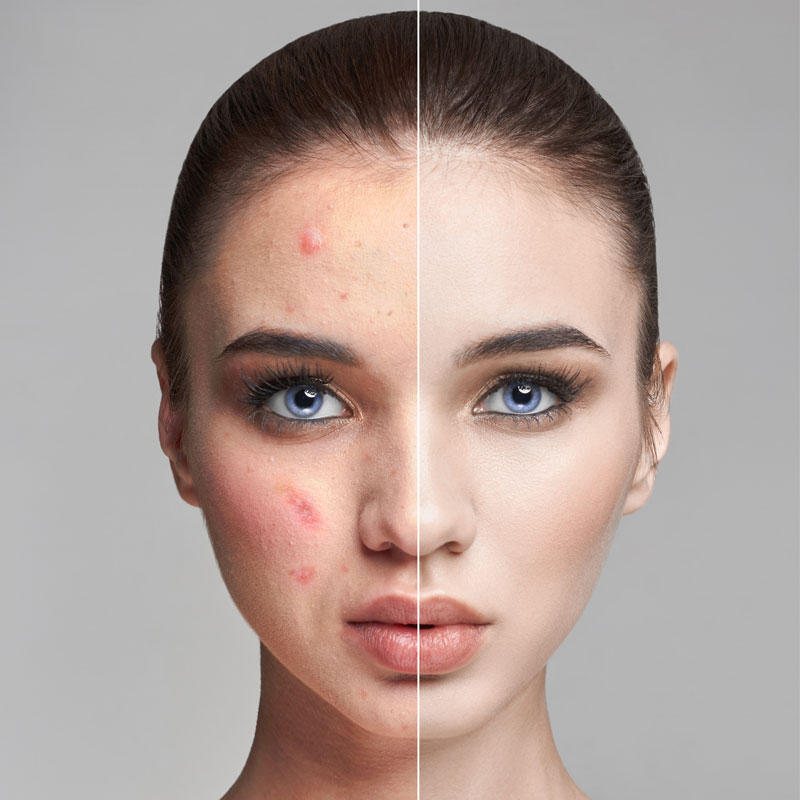Ultra violet lights are designed to emit ultraviolet radiation, a form of electromagnetic radiation, with wavelengths in the ultraviolet (UV) range, which is shorter than visible light, although longer than x-rays.
Ultra Violet Lights: Types and Applications
There are varied types of UV rays that are emitted by the sun. However, UV devices that emit similar rays are what interest us due to their countless uses and benefits.
From being used in curing diseases and killing pesky germs to being used in illuminating, UV rays are extremely diverse in their applications.
What are Ultra Violet Lights?
Ultra violet lights are essentially artificial waves of UV radiation that originally come from the sun. The sun emits UV rays that span different ranges of wavelengths and, thus, have different properties.
The main categories of ultra violet lights are the UV rays of type A, UV rays of type B, and UV rays of type C.
UVC light
Now that the question of what is UV light is answered, it makes sense to uncover the properties of each of the categories of ultra violet lights.
Ultra violet lights of type C are the UV rays that are emitted in the wavelength range between 100 and 280 nm. These UV rays are not able to reach the Earth’s surface due to them being taken up by the layer of ozone that engulfs the planet.
However, the ultra violet lamps that produce artificial UV light of type C allow us to make use of the beneficial properties of these UV rays. Examples of such properties of UV light type C are disinfection and sterilization.
UVB light
UVB light emits UV rays between the ranges of 280 and 315 nm. Just like its counterpart, UVB light that is emitted by the sun is also mostly taken up by the ozone layer.
The properties of this UV light include medicinal treatment, labeled as UV light phototherapy, as well as boosting the body’s production of Vitamin D.
UVA light
UVA light emits UV rays between the ranges of 315 and 400 nm. Unlike its counterparts, this form of UV is not absorbed by the ozone layer.
This means that a large majority of the UV rays that reach our planet from the sun are UV rays of type A.
With that in mind, the properties of these ultra violet lights become obvious. One major and popular property is tanning. In fact, these are the ultra violet lights that are produced by tanning beds.
UVB for Phototherapy
As hinted upon earlier, ultra violet lights of type B are used in the healthcare field in a form of treatment labeled as UV phototherapy.
UV therapy is aimed at treating skin diseases, including psoriasis, eczema, acne, and many more. The treatment is done through the use of ultra violet lamps that emit UV rays on the skin’s surface.
With many fearing the safety of these UV lamps, UVTreat comes to the rescue with its FDA-approved UV devices that are perfectly engineered to be safe and effective.
UVTreat’s UV devices have proven to be highly successful and result in little to no side effects.
UV rays have anti-inflammatory properties that alleviate many of the symptoms of common skin conditions, such as acne. They also have antibacterial properties that help avoid exacerbations and flare-ups.
To add to that, ultra violet lights of type B are essential in the body’s production of Vitamin D, which is needed to maintain the health of bones, muscles, the nervous system, and much more.
UVC Germicidal Ultra Violet Lights
Ultra violet lights of type C are commonly used to disinfect surfaces, air, water, and food.
Devices that disinfect using UV rays are preferred due to many reasons, including the fact that they use no chemicals, they are thorough, potent, and quick.
UV disinfectant devices that are used to disinfect water, for instance, are able to do so without having to add any sort of chemicals to the water, which is a great advantage. These UV devices are even able to kill off pathogens that cannot be killed by other cleaning devices or solutions.
This makes the use of such UV devices popular in hospitals, in industrial and food production, as well as in average homes.
Ultra Violet Lighting Applications
Other than their medicinal and germicidal properties, ultra violet lights serve many more purposes.
For instance, UV devices are commonly used in curing ink or adhesives, in the making of signs, as well as in backlighting.
Backlighting is when UV is used to keep an item, a sign, or a button lit when the surrounding environment is dimmed. This use of UV is crucial in electronics and machines used in settings such as cockpits.
UV can also be used for general lighting purposes. UV lamps are quite bright yet energy efficient, making them an excellent choice for many.
UV Lamps for All Applications
As we have uncovered, ultra violet lights have countless uses and can be beneficial in a number of situations and environments.
Regardless of which forms of ultra violet lights you seem to find the most useful, you can rest assured that UVTreat has the UV device to fit your needs. From UV devices that treat skin conditions to UV devices that kill off pathogens, UVTreat has it all.
Summary
In summary, the different types of UV rays inclube UVA, UVB, and UVC. UVA rays are mainly used in tanning, UVB rays are used in tackling skin conditions, and UVB rays are used in sterilization.
Additionally, these varied forms of UV rays have other uses that make them handy in several environments.
Through it all, UVTreat’s UV devices that were engineered to perfection should be your go-to choices of UV-emitting devices.
